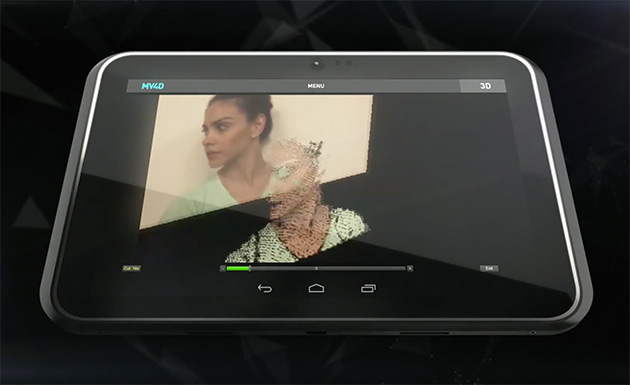bigboss a member of the PS2Reality team has released PS4EYECam, a driver for the PlayStation 4 Camera, which will of course allow you to use your PS4 Camera on your PC/Mac, here is a sample image, followed by a quote from the developer:

What is PS4EYECam?
PS4EYECam is a Sony PlayStation 4 Camera driver implementation reference.
The driver is using libusb to handle USB communications.
Part of code was based on PS3EYEDriver.
Payload parsing stuff parts from Linux kernel source(gspca).
UVC video control from libuvc.
Boot and initialization from dumped PlayStation 4 Camera firmware ps4eye.
Other parts and research based on my experience adding support for different usb devices for Sony PlayStation 2 and Sony PlayStation 3 consoles (ps2eyetoy.irx,ps2mic.irx,ps3kinect.sprx,etc.
Source
Follow bigboss on Twitter
@psxdev
A group/Team/Person known as PS4Eye also had a similar project, but it has not been updated in several months, that project did have help from bigboss, i am not quite sure how similar the two projects are, but if you want't to check how to convert your PS4 Camera to USB, then check their blog below:
http://ps4eye.tumblr.com/
http://playstationhax.it/released-ps4eyecam-a-ps4-camera-driver/








